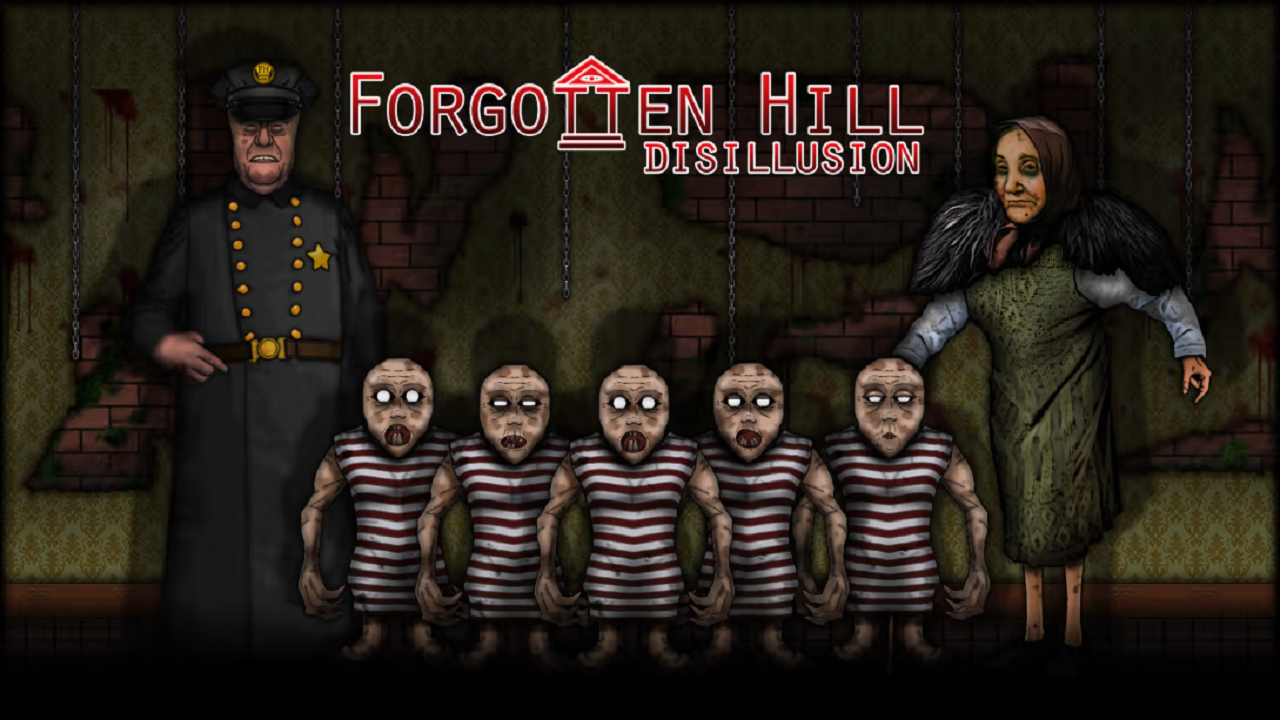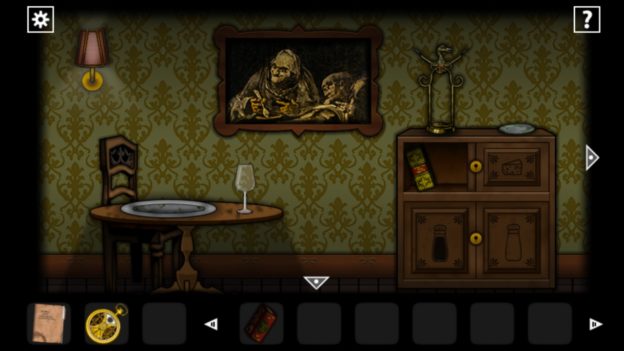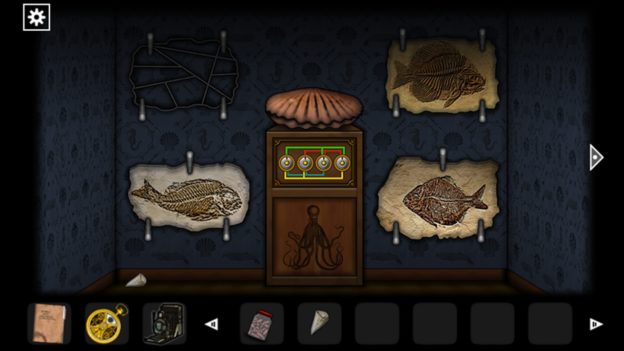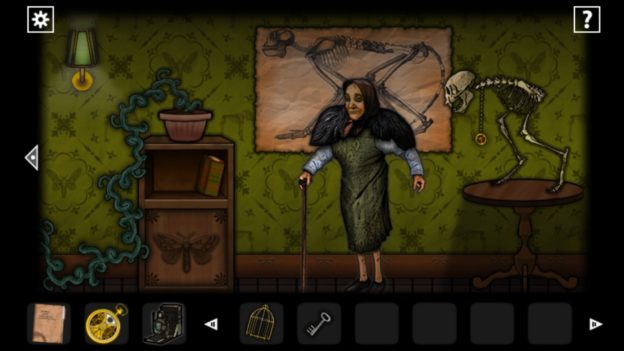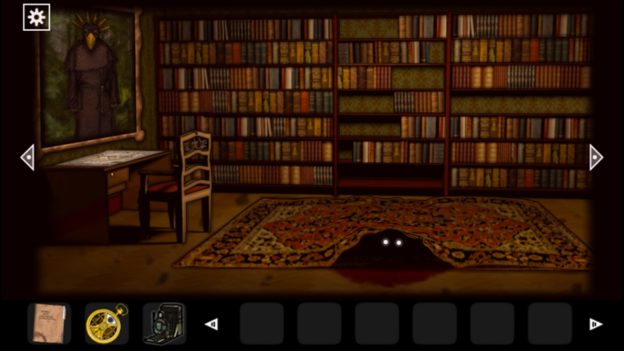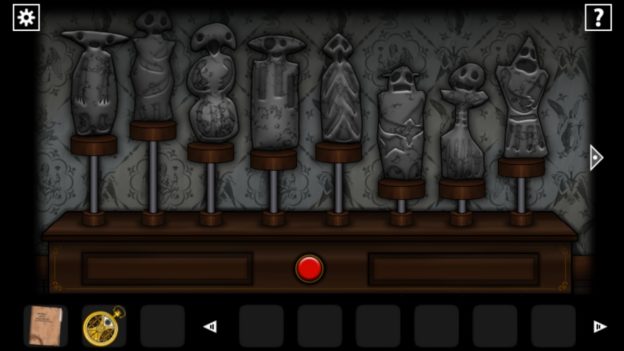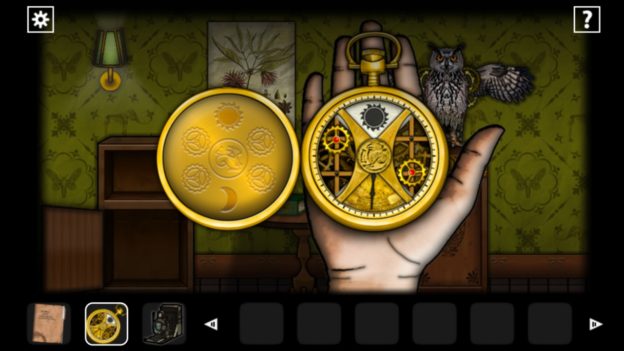I enjoy a good puzzle game, particularly point-and-click escape room games. When you play a well-crafted puzzle game and figure out the solution, it makes you feel good. Not only because you cracked the code (which makes you feel oh so clever), but you understand the logic that goes into the puzzle. So when you play one that is not good, it sticks out like a sore thumb. And Forgotten Hill Disillusion hurts.
While it’s unnecessary to play any previous games in the Forgotten Hill series, I get the sense that it might help, at least to give you some context. The Forgotten Hill games are horror games, and this entry is no different. There is quite a bit of backstory provided to you via notes that your character took that you have the option to read through. While I appreciate the fact that it is optional to read through the backstory, I feel a short video recapping the events could have handled the story better. Even after reading through the articles and notes, I still didn’t get a good sense of what was going on. Nor did I understand why on earth your character decided to go to the museum in Forgotten Hill to figure out its mysteries in the same town where horrific events occurred.
The story issue might be forgivable if the puzzles were well-crafted, but unfortunately, this isn’t the case. The mechanics are handled through point-and-click to solve the problems. I don’t mind challenging or tricky puzzles, but most of the riddles in the game don’t have any reference points, making it difficult to understand what clues go with which puzzle. Case in point, early on in the game, there is a wine bottle you need to uncork. The problem begins with the fact that it’s hard to discern that the object you are looking at is a wine corker. When you do figure out that you are supposed to put the wine bottle in this gadget, the mystery of operating it is the actual puzzle. It turns out there is a clue in another room that shows you the pattern of how to use the opener. But the clue in the other room isn’t connected to the bottle opener; there is no way to figure this out on your own. In addition, many of the clues for different puzzles are buried in books you find. And outside of writing down all the things you read, the process of opening the books, trying to remember what you saw, and then applying what you read to solve the puzzle is a clunky and frustrating experience. That’s not to say that all the puzzles are bad; on the contrary, some of them are well done. It’s just that they are few and far between.
Forgotten Hill Disillusion does offer a help function, which will solve the riddle for you if you wish. The help function will provide two clues to you, and if you still can’t get the puzzle, you can select the arrow button, which will unlock the riddle. While this is helpful if you get stuck, many puzzles require pieces you’ll find in a different room, and without these pieces, all the help function will tell you is, “There seems to be a piece missing.”
Outside of the puzzles, the music and sounds add little to the overall experience. Probably most disappointing is that there is no voice acting. Instead, all the characters sound the same; a mumbled deep voice for every character. Graphically, the artwork gives a grotesque feel, and while it fits with the game, it didn’t appeal to me. Many of the characters’ designs look similar and too basic to distinguish if the look is supposed to be scary or just poorly drawn.
Review: Forgotten Hill Disillusion (Nintendo Switch)
Subpar
Forgotten Hill Disillusion loses itself trying to be a challenging click-and-point puzzle game. While some of the puzzles are well-designed, the ones that don’t provide enough context outweigh the better riddles and thus make for a frustrating experience. The game does offer a help option, but often it feels like you have to rely on the help all too often to figure out the solution.

